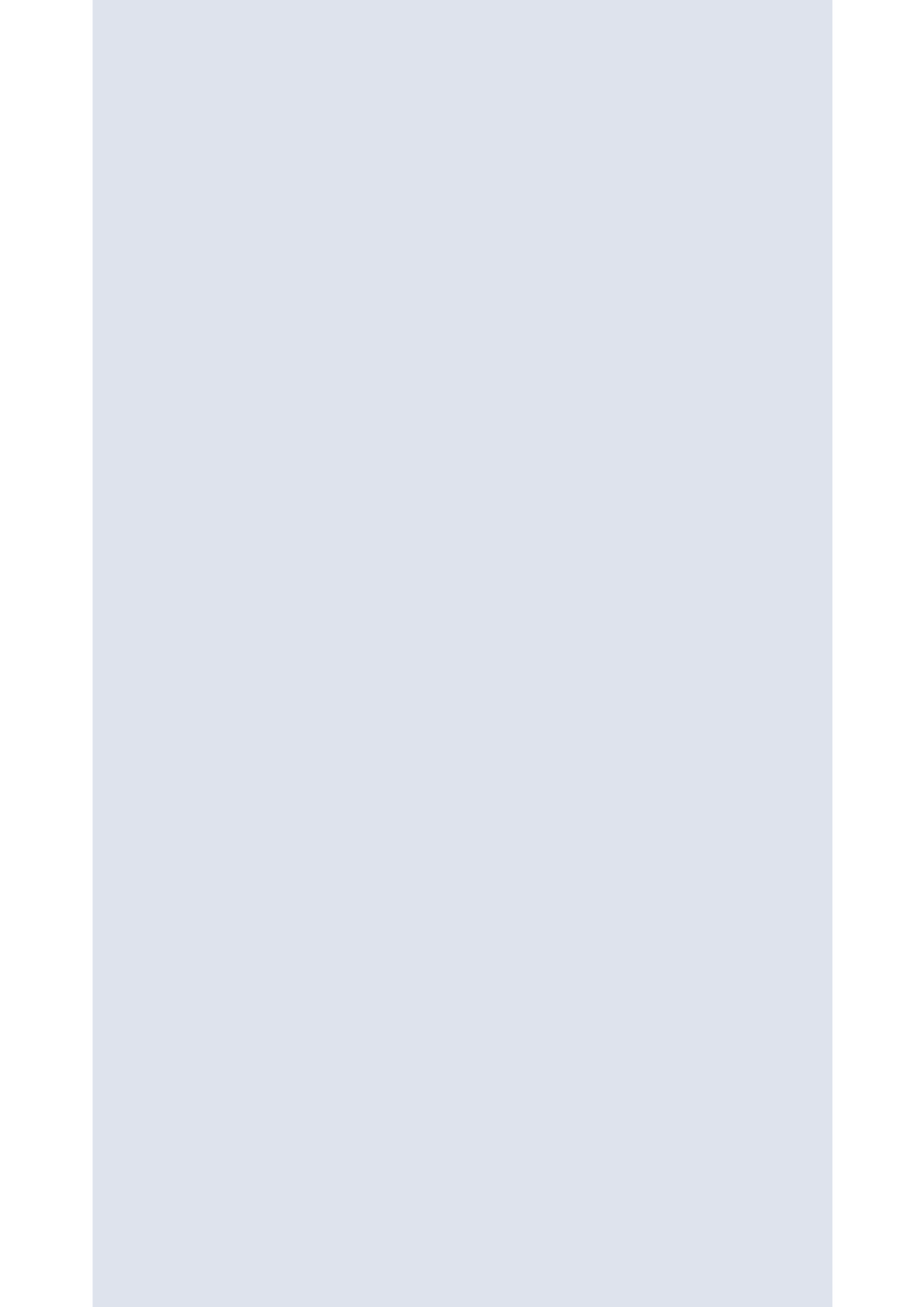
18
but to hopefully replace it through gradual positioning of its members among the established ranks.
The avant-garde on the other hand, is concerned with returning art to a more direct relationship
with life
3
. In the unstable context of China it is easy to conflate these two positions into one, putting
the whole of current contemporary artistic practice, the experimental tendencies of the 1990s, and
the avant-garde movement of the 1980s, on an equal trajectory with the Stars. In doing so the
counter-establishment position that recognizes value in being part of the mainstream and seizing
position and power becomes fused with the avant-gardist desire to dissolve the relationship
between art and life. Acknowledging that the latter has proven unsuccessful in the face of rampant
commercialism, contemporary art in China find itself twice removed – from its own history and
from the sphere of everyday contemporary life.
What interests me is not that the initial actions of the Stars Group succeeded in registering their
dismaywith the current State-controlled art system, but that they did so bywittingly acknowledging
the power of the exhibition as political currency. The import of the Stars Group has always been
less about the advancement of certain artistic styles or theories than carving out a space for art
that obfuscated the rigid divide between official and non-official realms. Their way of envisioning
this space occurred not through genre-breaking experimentation and promoting taboo subjects
but through utilizing and leveraging the exhibition form itself. I would argue that in the context
of China, where exhibitions occurred in unstable and irregular conditions and where a great deal
of attention has historically been paid to certifying artists, categorizing art and defining what is
national art – the notion of the exhibition takes a special appeal as it epitomizes presentation of
these ideals to a public audience and requires individuals to interact with larger social and political
institutions. For the Stars the exhibition provided a conceptual framework though which they
could express the modern ideals of freedom and democracy. For others, such as the Xiamen Dada
artists or other collective undertakings, the exhibition became the work itself (especially in the
case of ‘happenings’ events) – manifested through time-based interactions occurring in public
space. Organizing exhibitions in China (or for that matter anywhere) is contingent upon building
an intellectual base through which to negotiate with others and involves the act of defining oneself
and ones motives in relation to the political and social conditions of the day.
Prior to 1979, art created outside the officially sanctioned institutions of art (or made by artists
without links to the approved system) was not recognized by the State. Since the State controlled
exhibition venues this also meant certain works that did not meet approval were not presented
to members of the public. This is not quite the same as saying certain art did not exist, but merely
that it was not made visible. Artworks may be created in the studio or fabricated in the factory, but
traditionallywe are accustomed to seeingworks of art in exhibitions inmuseums and galleries. In an
old-school Socialist systemwhere the institutions of art are controlled by the State, these museums
and venues constitute the only outlet for artists, and independent productions or displays that donot
go through the process of permissions and approvals are unlawful. The inseparable links between
exhibition production and audience reception illustrates important points about not just what kind
of art is being made, but on what terms viewers see and encounter it. The institutions of art in
China entrenched since the 1950s, consisted of State-run museums or exhibition halls, officially
registered artist associations and art academies such as the National Art Gallery (known today as
NAMOC), the Children’s Cultural Palace, The Worker’s Palace, or various temporary exhibition halls
inside public parks
4
. These controlled environments could be counted on to feed audiences a steady
diet of ink painting, oil painting, and sculpture in accepted (read Socialist Realism) styles and to
keep audiences within the safe confines of Party ideology.
After 1979 as political policies relaxed and economic floodgates were opened, foreign artists and


